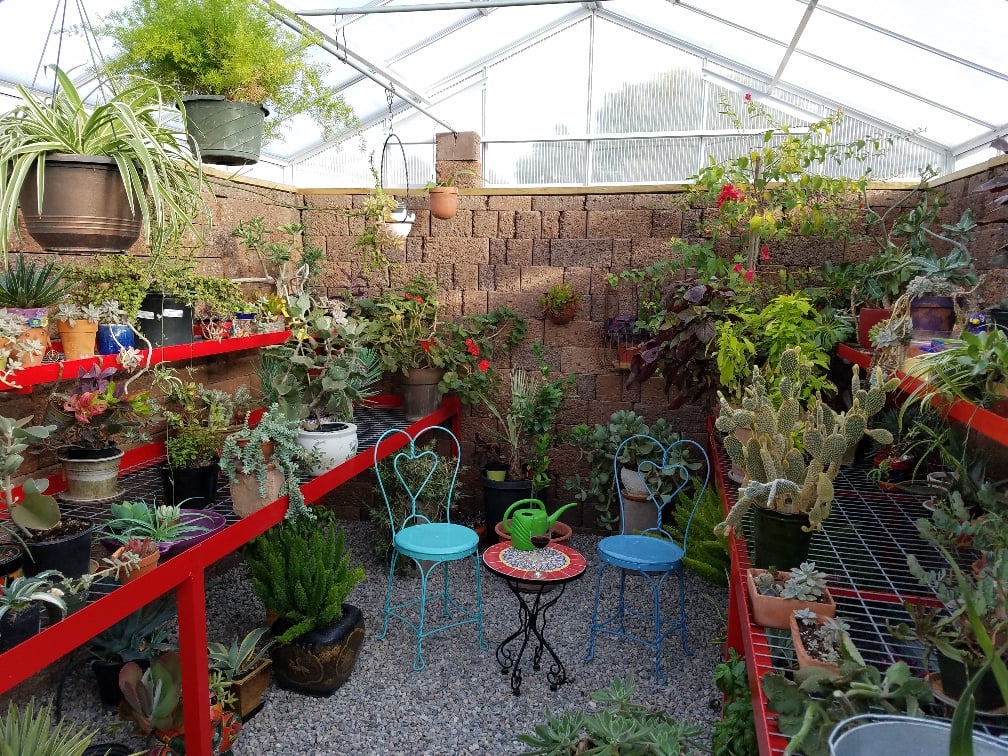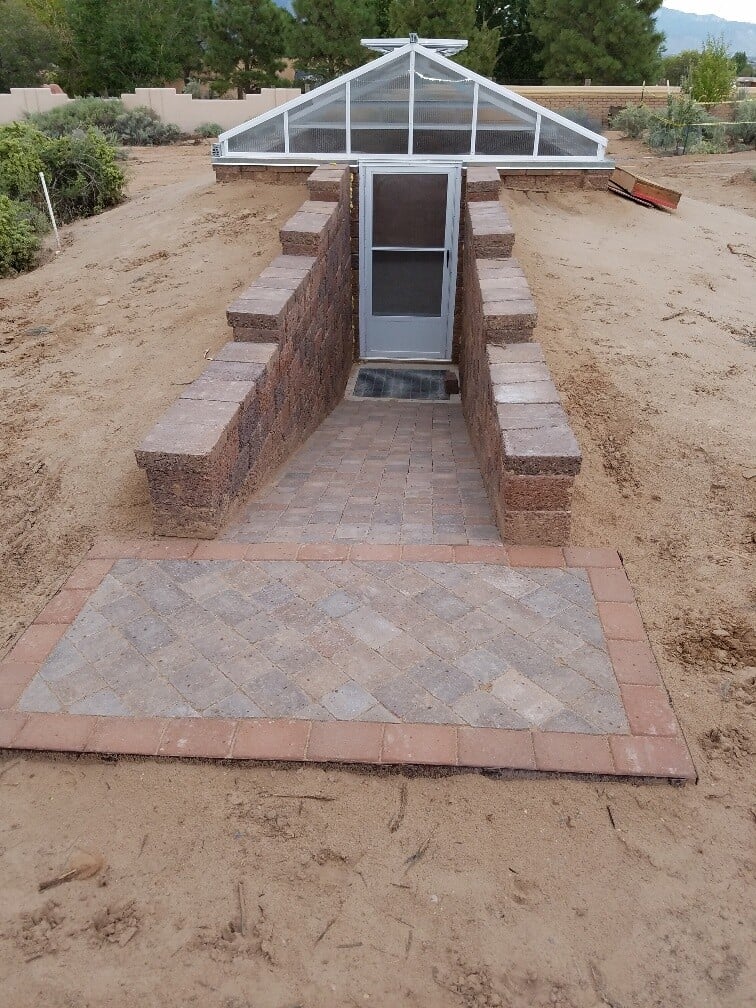
Underground Greenhouses
If you are looking to grow fruits and vegetables year-round, you may be considering options for energy-friendly heating. Let’s explore the idea of underground greenhouses!
But how do they work?
The temperature of the soil just below the ground level tends to have a consistent temperature of 50 – 60 F (10 – 16 C) year-round, regardless of where you live. It also tends to have an 8-week lag time in temperature changes at the surface level making it a very consistent way to heat a greenhouse throughout the colder months. Digging downwards when building your foundation may help to capture some of that heat in colder months and black water barrels inside your greenhouse can quickly store solar heat gain which builds up during sunny days.
An important tip:
If you live in an area with a high water table, this may not be an option for you. We recommend having any of these geothermal heating options at least 5 feet above the water table.
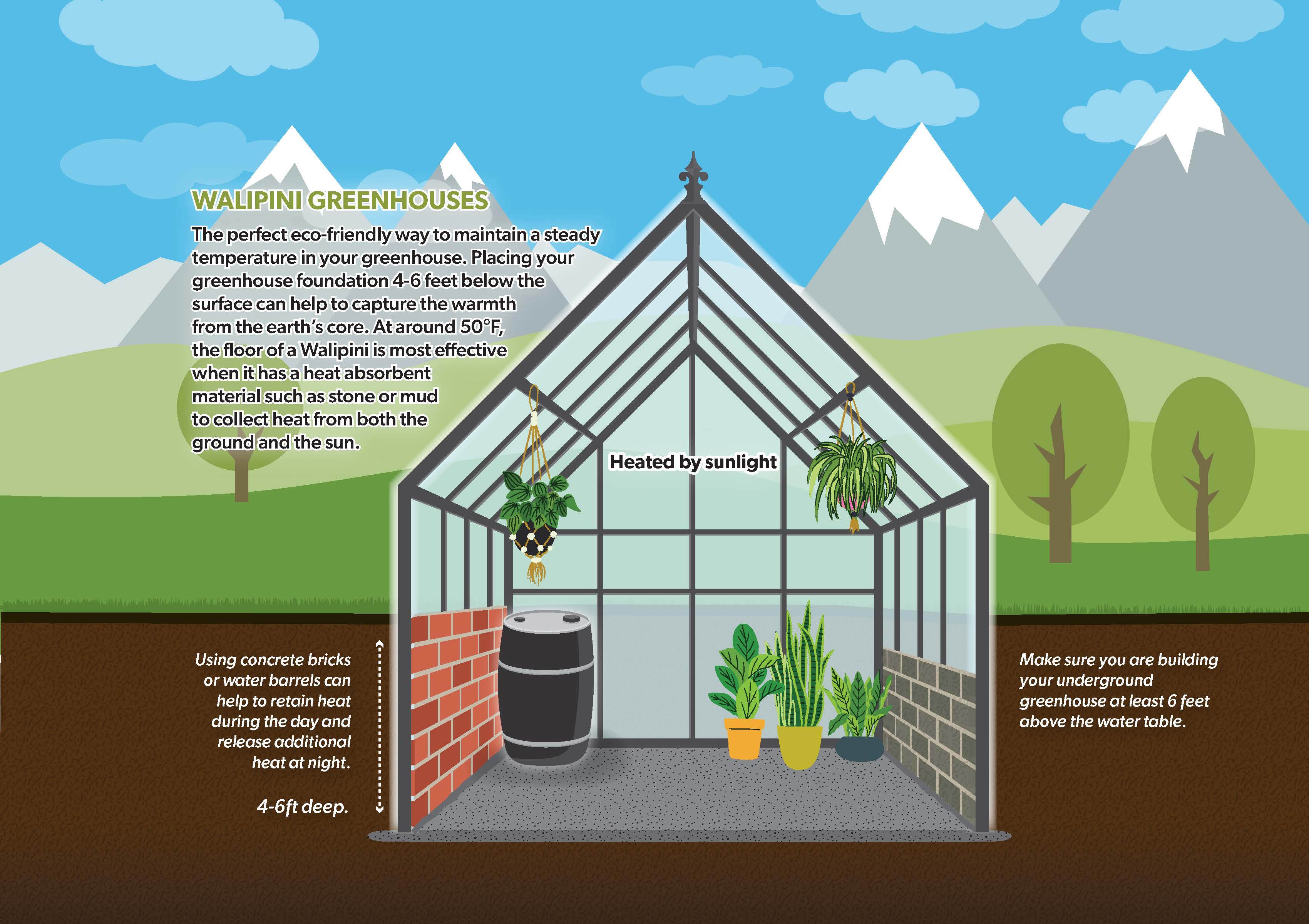
Planning an Underground Greenhouse
Also called a Walipini greenhouse, the foundation will be submerged between 4 - 6 feet below ground level. The interior walls can be constructed from any material that is able to absorb heat well such as stone, mud bricks, or any dense and sturdy natural material. The greenhouse roof above ground captures radiant solar heat gain within the greenhouse. As the internal greenhouse zone heats up, the hot air will slowly transfer the heat into the materials inside of the greenhouse zone via convection and conduction, including the surrounding foundation and soil. At night, the heat is released back into the greenhouse. Effectively, during a sunny day the thermal mass inside the greenhouse will cool the greenhouse (by absorbing heat) and will start heating the greenhouse as the sun sets (by releasing that stored heat). Depending on the area you live in however you may still need to use an added heat source in cold snaps.
Key heat and light transmission principles for understanding the performance of underground greenhouses:
Radiation & Emissivity: Sunshine radiates through air and glazing and directly heats materials that it shines upon. The emissivity of a material is how much light will be absorbed; the blacker the material the more light (and heat) it will absorb. You can also reflect light with white or shiny surfaces, increasing the brightness of a space will spread productive growing light all around.
Conduction: materials like stone and metals will transfer heat effectively to cool areas. Use insulators where you want to slow the transfer of heat to cold areas.
Convection: Hot air rises and will then leave cool areas near the ground.
Heat Capacity: Much like a battery, different materials will have different capacities to store heat. Water has a high
heat capacity, so it is good at storing heat energy. Maximize solar heat gain in winter by integrating the south facing glass at an optimum angle
TIP: Due to the underground nature of greenhouse, the structure will experience limited light transmission in the winter months especially. Introduce the use of high performance LED lights for better plant growth.
Disclaimer:
Hazards may exist when building an underground space. Radon gas can be naturally present in the ground and having an enclosed space can cause it to accumulate to elevated levels. Always consider the presence of gasses that are heavier than air which can displace oxygen; use an oxygen monitor, provide good ventilation, and avoid rotting organic material that can produce carbon dioxide.
Connect with a Greenhouse Expert
More Tips from BC Greenhouse Builders:
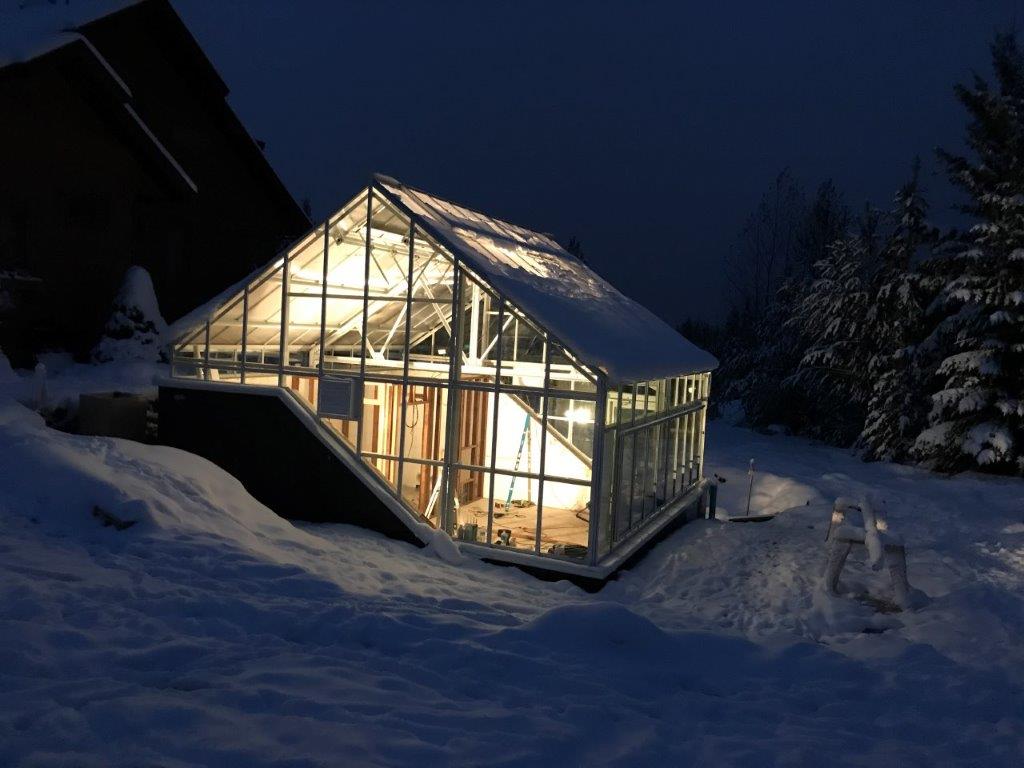

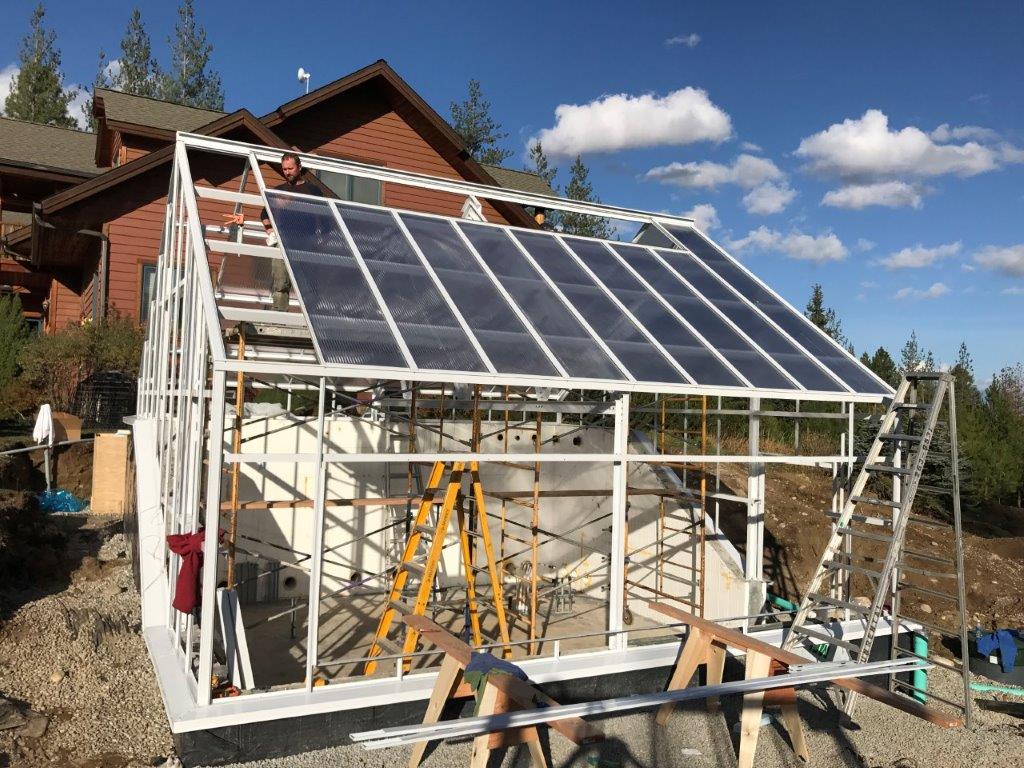
-1.jpg)

